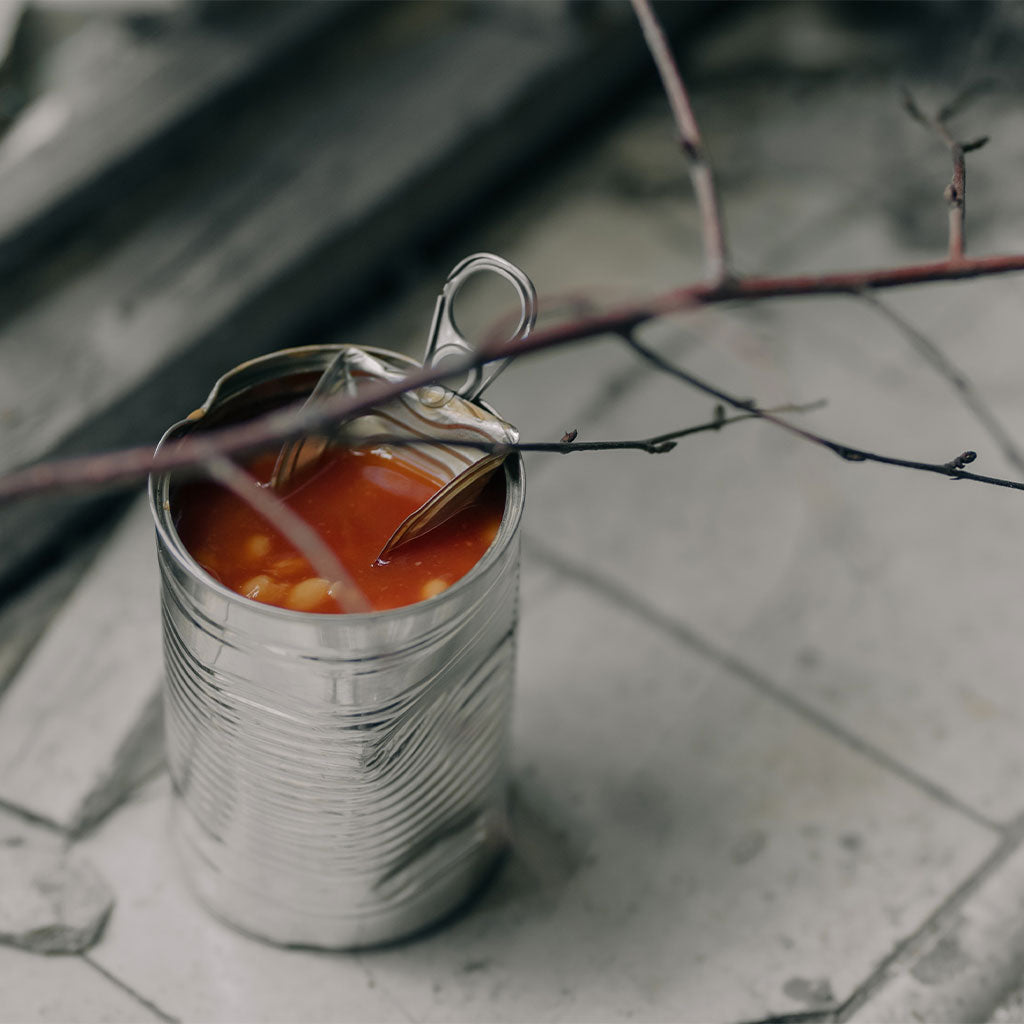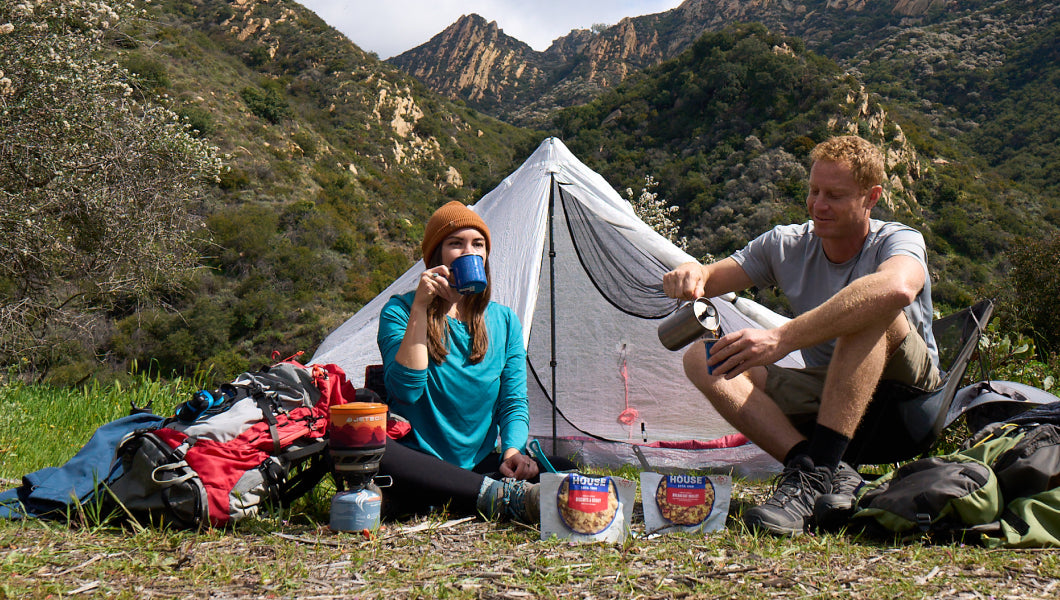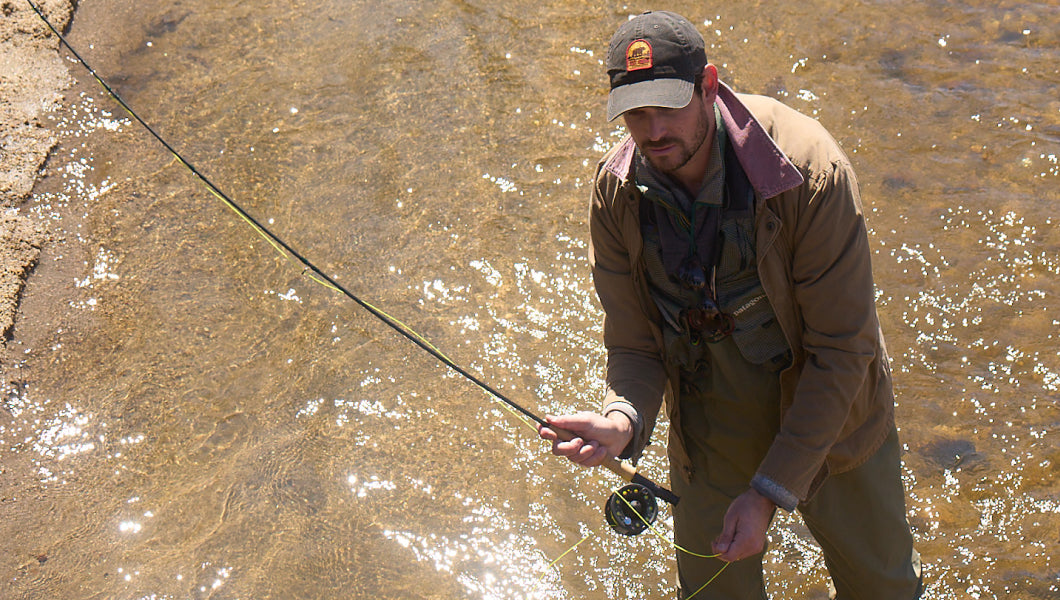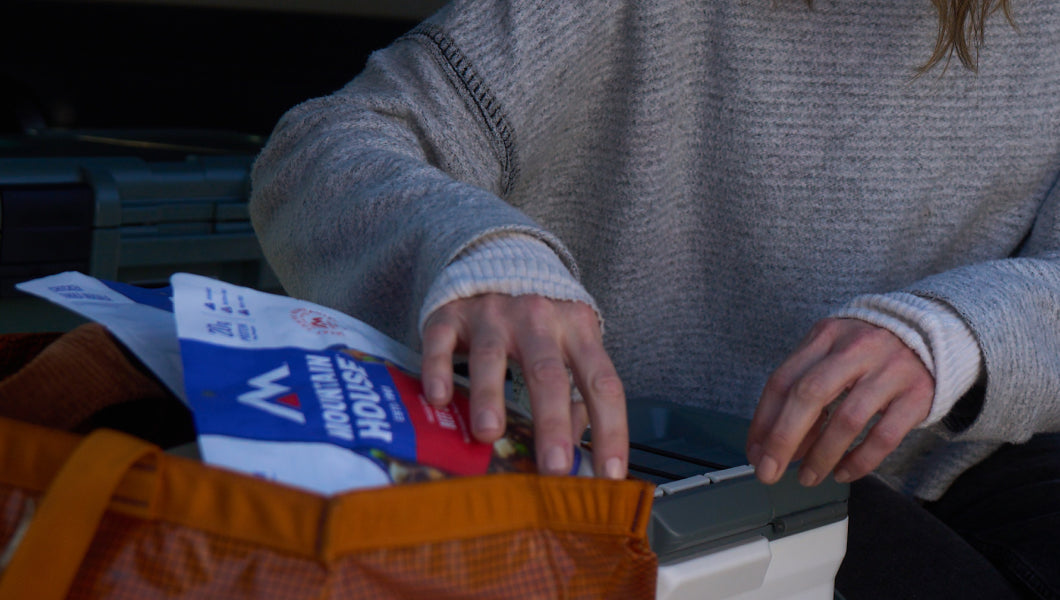Inspired for an Adventure? Check out Beef Stroganoff - Pouch and Beef Stew - Pouch
Free Ground Shipping On All Orders
Over 2,100 Reviews
Add description, images, menus and links to your mega menu
A column with no settings can be used as a spacer
Link to your collections, sales and even external links
Add up to five columns
Add description, images, menus and links to your mega menu
A column with no settings can be used as a spacer
Link to your collections, sales and even external links
Add up to five columns

Multi-Phased Approach to Emergency and Survival Food Storage
All Food is "Survival Food"

Having emergency food on hand is like having a savings account. You should keep cash savings to help you manage unexpected financial shocks—like needing a new transmission in your car. Similarly, you should have extra food on hand as a buffer to help you weather difficult times.
The recent icy arctic blast experienced by much of the country has made travel difficult and serves as a prime example of the benefit of having extra food on hand. Healthy savings accounts and having extra food in your pantry provides peace of mind that your family will be taken care of should things get difficult. If you ever find yourself in the situation of having to dip into your emergency food stores, what exactly is the proper way to do it?
Eat Your Perishables First
The power is out and the grocery shelves are bare due a storm interrupting food shipments. What food do you eat first? Wasted food is money and nourishment down the drain. If confronting an extended power outage, you should eat the food that is in your refrigerator and freezer first. After this, move on to any fruit and breads, which normally only last a week or two before spoiling.
Eat Medium Term Food Next
These include boxed meals and pastas which have a typical shelf life of 3 months to 2 years depending on the product and the quality of their packaging. Feel free to supplement with any canned goods to create variety in your diet. You can also eat any snack food you have for additional calories.
Long Term Emergency Survival Food

Only after eating your other foods with shorter-shelf life should you dip into your freeze dried and dry-packed foods (sometimes referred to as survival food or emergency food storage.) Because quality freeze-dried meals with proven shelf life can last from 12-25+ years or longer depending on the packaging method, there is less urgency to consume them at the beginning of an emergency. While they do play an important part in any emergency preparation plan, freeze dried food should not be the singular solution. Add dry-packed and freeze dried staples to your diet like rice, flour and beans for fiber and to add variety. Dried fruit is also important for additional vitamins, like vitamin C.
Conclusion
Thankfully, most emergency food situations are resolved in the first 72-hours. But it makes sense to have food that is good for longer. Just in case.
What’s the longest you’ve had to dip into your emergency food stores? Let us know by commenting below!

How to Forage for Food in the Wild: A Beginner’s Guide

What to Do if You See a Moose & How to Survive an Attack


Stay Hungry for Adventure
Sign Up for Delicious Outdoor Meals & Exclusive Offers!


Join the adventure
©2024 Mountain House — All Rights Reserved.
Your Cart is Empty
Continue ShoppingYour Cart
Subtotal
$0.00
EXPRESS PAYMENT METHODS AVAILABLE IN CHECKOUT
Taxes and Shipping Calculated at Checkout














